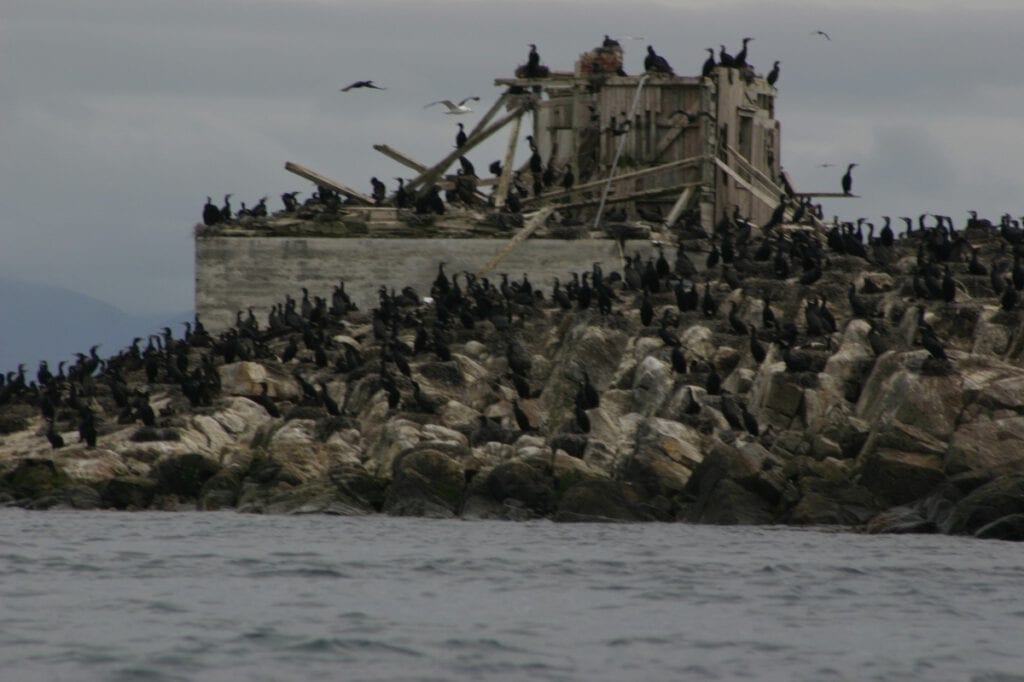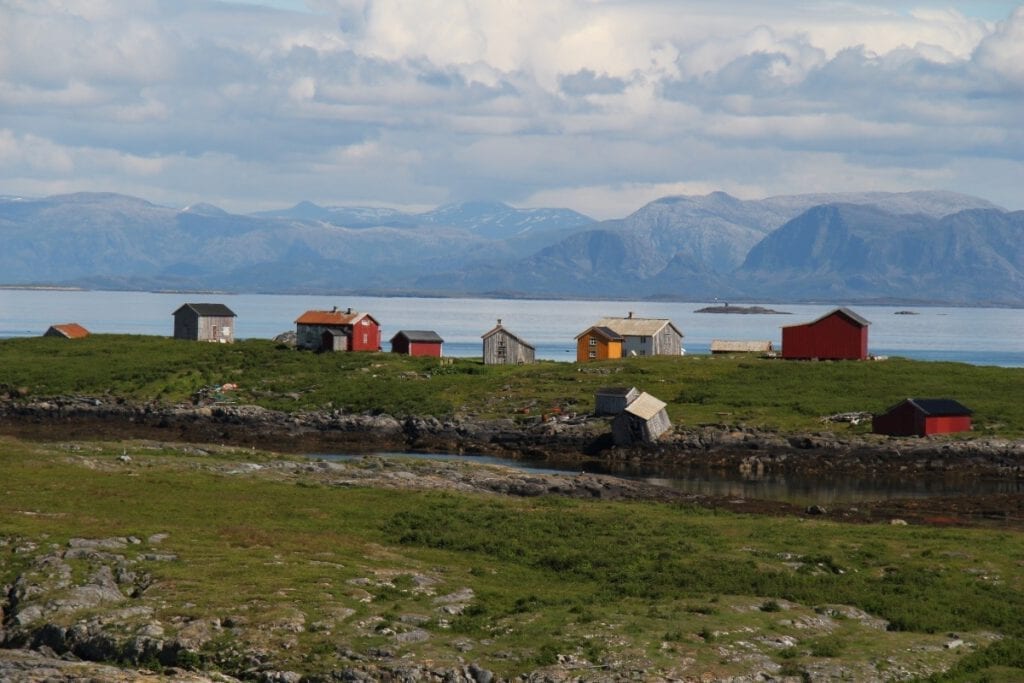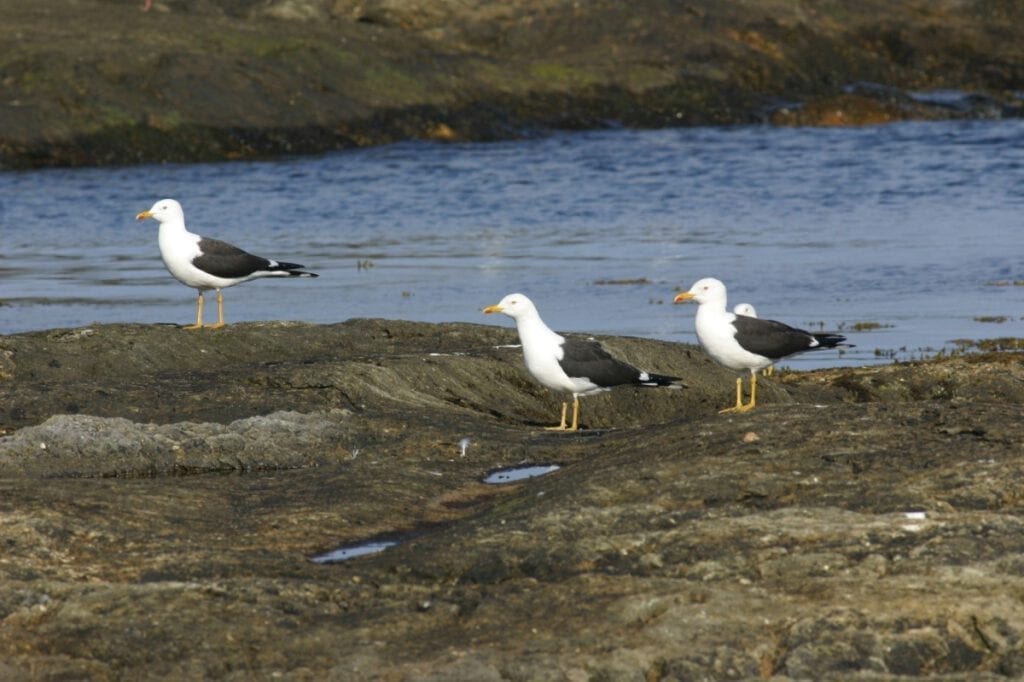Key site Sør-Helgeland
SEAPOP’s key site at Sør-Helgeland is located on the little Horsvær archipelago in Sømna municipality. Horsvær includes seven larger islands and countless islets and skerries. The archipelago was one of the outermost settlements in the municipality, but was vacated at the end of the 1950s. One of Norway’s largest breeding site for the threatened northern race of the lesser black-backed gull can be found at Horsvær, and this site was therefore included in the National monitoring programme for seabirds in the early 1980s. Contact person: Jan Ove Bustnes, NINA

Photo: Jan Ove Bustnes
The counting led by the monitoring programme was carried out annually until 2007. This work resulted in the current programme that was started in 2005, and in 2007, the area was defined as a SEAPOP key site. Horsvær was protected in 2002.
Location and description
Horsvær (65° 18′ 36″ N, 11° 38′ 24″ E) is divided into South- and North-Horsvær. The archipelago includes both flat islands with significant vegetation and rocky islets. The vegetation is typical for the coastal landscape in this region with different grass species. Meadowsweet is an important plant on several of the islands, especially on Buøya, where the meadowsweet meadow is the most important breeding habitat for lesser black-backed gull Larus fuscus.
Access
It is only possible to reach Horsvær by boat.
Wildlife
Horsvær was protected because of its seabirds, and the colony of lesser black-backed gull is important. In good years, up to 400 pairs breed in 7-8 sub-colonies have been counted although the numbers vary a lot from year to year. In 2013, there were only 18 nests in the entire colony.
Horsvær is also a very important breeding area for many other gulls species including common gull Larus canus, herring gull L. argentatus and great black-backed gull L. marinus. In addition, there is a significant cormorant colony Phalacrocorax carbo in the middle of the archipelago where hundreds of pairs regularly breed.
Human activity
There is no permanent habitation on Horsvær and because it is protected, human activity is low and mostly around the settlement. On South-Horsvær, the landowners are allowed to run sheep, and a herd grazes there in summer
Fieldwork
Detailed population studies of the lesser black-backed gull have been conducted annually since 2005. This includes a fieldwork period from June to the end of July to ring gull chicks. The fieldworkers collect data to calculate adult survival, clutch size, recruitment and breeding numbers of lesser black-backed gulls, as well as take diet samples. Numbers of nests of common gulls, herring gulls and cormorants are also monitored.





